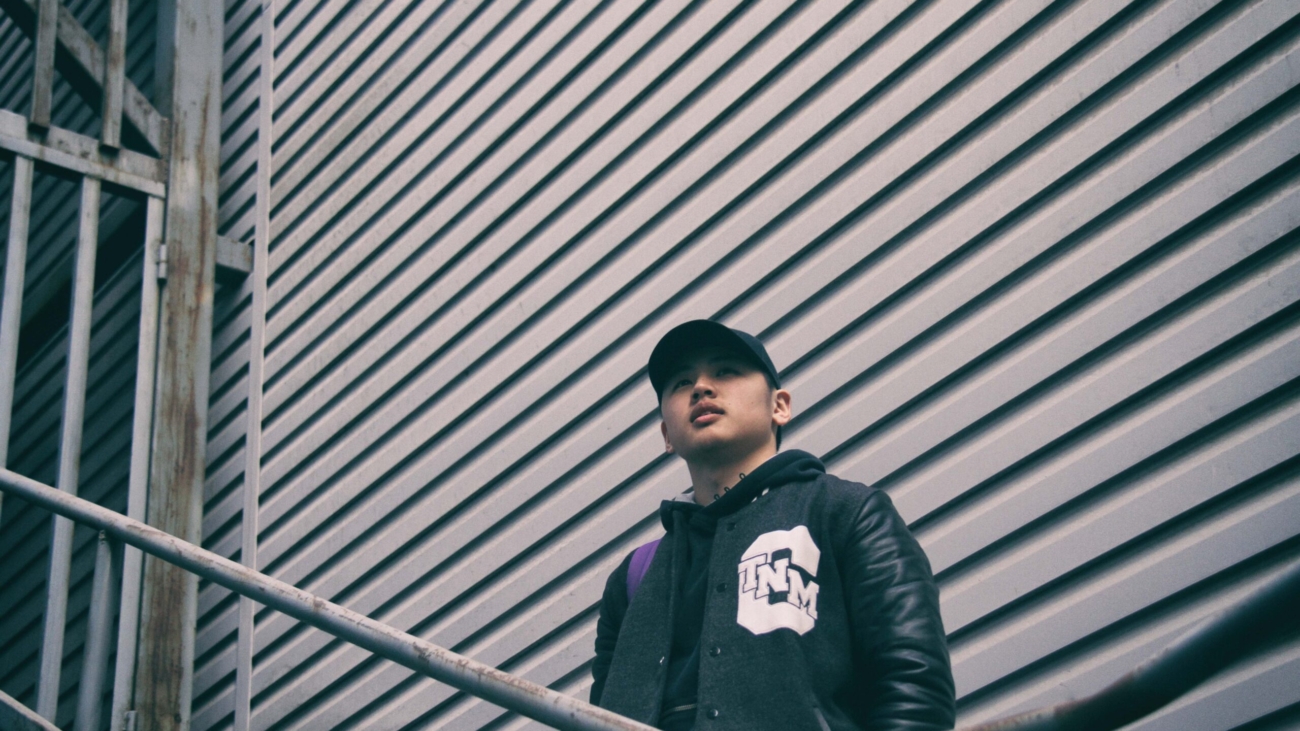Welcome to our latest blog post all about eco-friendly fashion in Mongolia. In this article, we’ll be exploring how sustainability is influencing the style choices of Mongolian designers and consumers alike. With a strong emphasis on traditional craftsmanship and utilizing natural resources, we’ll delve into the unique world of sustainable Mongolian fashion. So sit back, relax, and let’s take a journey through this fascinating intersection of culture, tradition, and environmental consciousness.
What is fashion in Mongolia?
In Mongolia, traditional fashion often incorporates environmental friendly practices into their clothing choices. Mongolian nomadic herders, for example, often wear fleece garments made from wool that has been organically grown.
While some people might see this as a hippie-dippie choice, others view it as a way to show respect for the environment and conserving natural resources. Additionally, many Mongolian designers incorporate eco-friendly textiles into their collections to help reduce energy use and save on emissions.
For example, one designer created a line of washed cotton clothing with recycled post-consumer materials. These types of sustainable initiatives not only help the environment but also create jobs in the fashion industry.
The influence of sustainability on Mongolian fashion
Sustainability is an important topic in the fashion industry, as it affects not just our environment, but also the people who produce the clothing we wear. In Mongolia, where resources are scarce and environmental concerns are high, many designers are taking heed of sustainability when designing their outfits.
One way to achieve sustainability is by using natural fibers. Many Mongolian designers prefer to use materials such as wool and cotton that have been sourced from recycled or organic materials. This reduces prevent environmental damage caused by traditional manufacturing processes and helps to improve air quality.
Another way to reduce environmental impact is by making sure products are delivered in plastic bags or containers that can be recycled. This helps reduce the amount of waste that goes into landfills and creates jobs in the process.
Some Mongolian designers have even created their own sustainable fabrics using natural dyes and fibres such as bamboo. Bamboo is a renewable resource that has many purposes such as manufacture of furniture, textiles, paper products, insulation materials, fuel and more. The use of sustainable materials like bamboo not only reduces waste but also helps preserve local ecosystems.
How sustainable fashion choices influence style choices in Mongolia
When it comes to eco-friendly fashion, Mongolia is a frontrunner. The country’s vast cultural heritage and nomadic lifestyles have allowed for the development of a thriving, sustainable industry. Mongolian fashion designers take advantage of natural fibres such as wool and cashmere, which are environmentally friendly because they’re composed of 100% natural materials.
The popularity of sustainable fashion was evident in the recent Miss Mongolian Earth pageant. Out of all the contestants, only one used artificial hair extensions and all others chose styles that were environmentally friendly. Eco-friendly fashion choices not only reflect positively on oneself but also help promote sustainability in broader society.
Sustainability is often associated with lower cost clothing options, but this isn’t always true in Mongolia. Many high-end designers offer eco-friendly alternatives that are just as stylish and expensive as traditional clothing options. Sustainable fashion promotes positive environmental messages while providing consumers with high-quality clothes at an affordable price.
Conclusion
When it comes to fashion, sustainability is key. Fashion in Mongolia often takes into account the environmental impact of what we are wearing and represents a conscious choice by the individual to care for our planet. By following sustainable practices, we can help create a more Eco-friendly society while dressing stylishly. Let’s take a look at some eco-friendly fashion tips that can help you dress sustainably!

